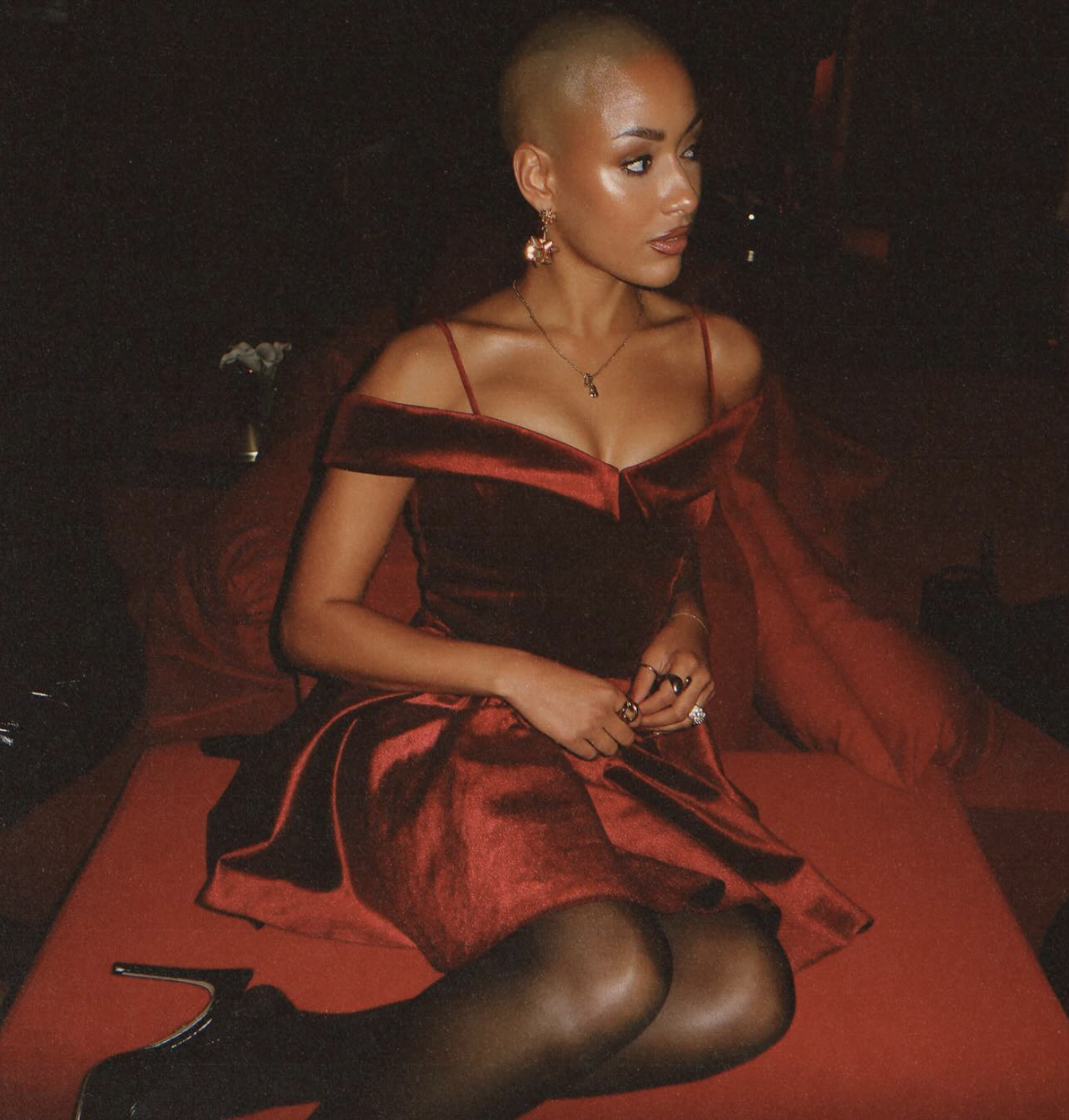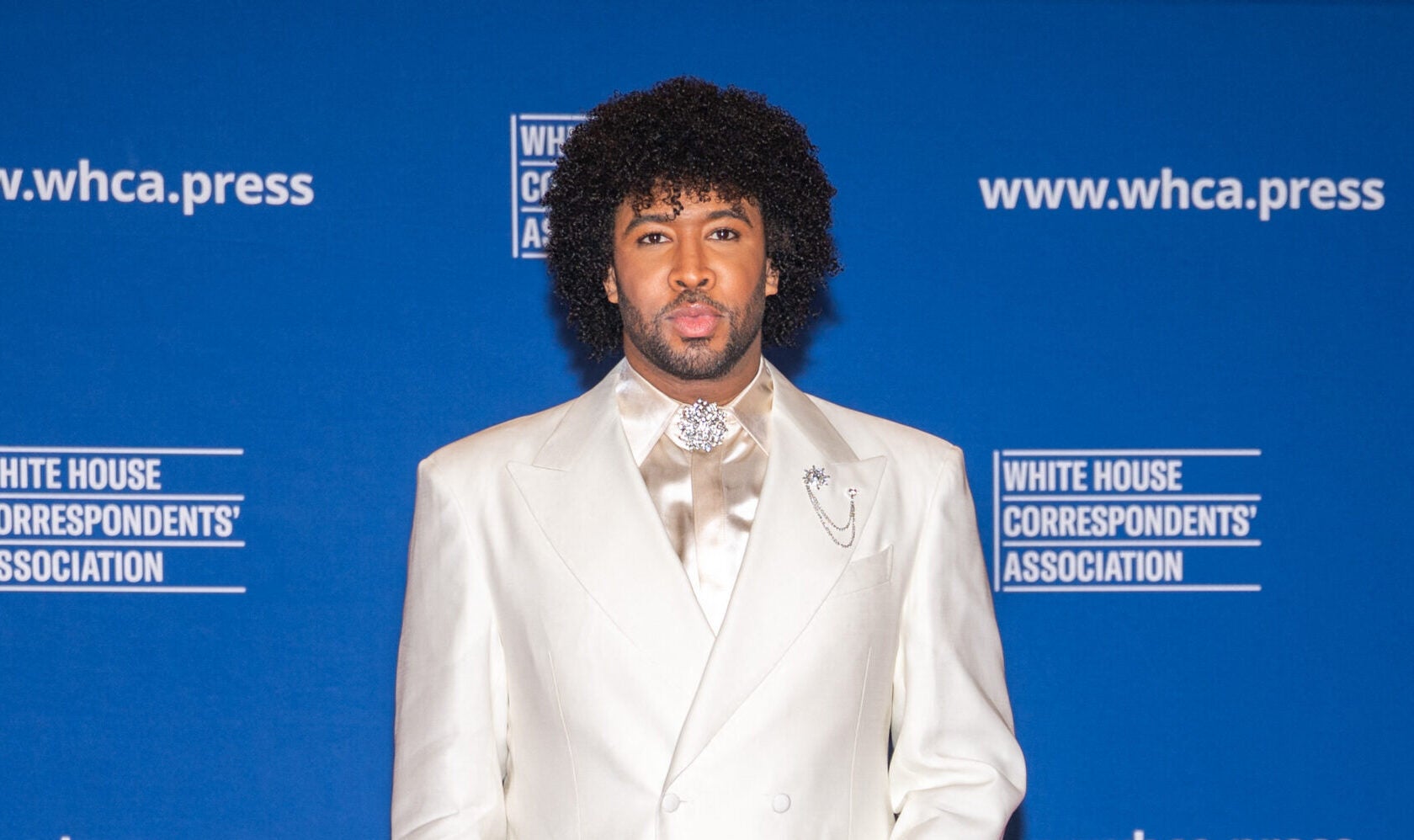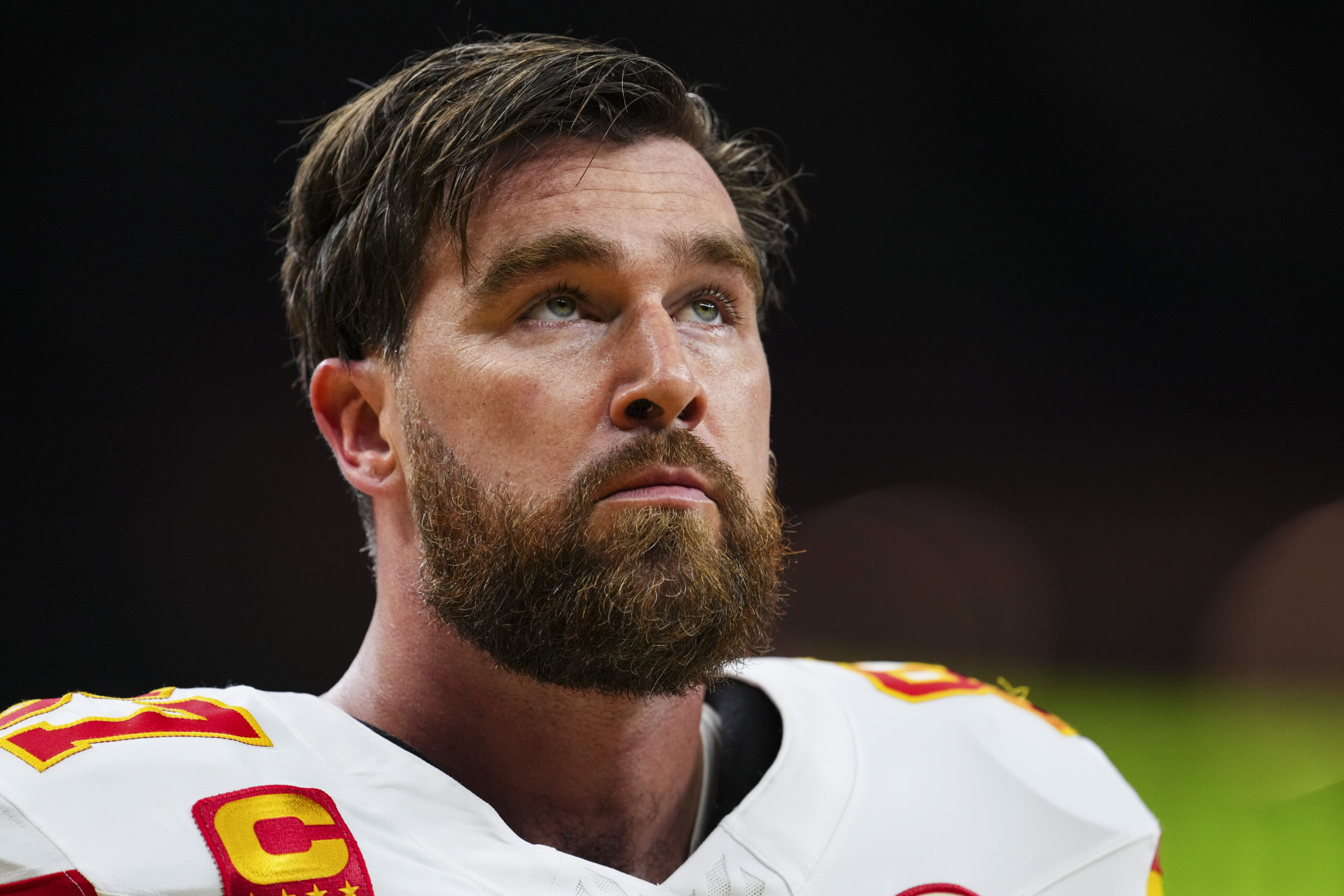‘Minecraft Movie’ Envy Puts Gen Z Video Game Adaptations Front and Center
Once thought of a poisoned well for IP, younger-skewing video game movies are now dominating Hollywood The post ‘Minecraft Movie’ Envy Puts Gen Z Video Game Adaptations Front and Center appeared first on TheWrap.

Everyone involved in “A Minecraft Movie” was hoping their adaptation of the beloved video game, which debuted in 2011 and still has more than 175 million monthly active users (as in right now), would be a success. But after over 10 years of development, a rotating creative team and a precarious theatrical landscape, no one anticipated Jared Hess’ movie would be quite as big as it is.
“I will say that myself, Legendary and the filmmakers behind ‘Minecraft’ believed in the potential for it,” Cate Adams, senior vice president of production at Warner Bros. Pictures, told TheWrap. “But did I expect people to be jumping on each other’s shoulders and screaming ‘Chicken jockey’ and filming it on Tiktok? No, I don’t think I expected that.”
As of Sunday, “A Minecraft Movie” has amassed a global total of $720.8 million, comprised of $344.6 million domestically and $376.2 million internationally. 576.6 million at the global box office, putting it on track to be one of the highest-grossing movies based on a video game of all time. Currently, the only movie that has grossed more is 2023’s “The Super Mario Bros. Movie.” ($1.43 billion). All box-office numbers referenced in this article have been adjusted for inflation.
By now, it’s well known around Hollywood that video games are the new comic books. Adaptations of these properties have proved to be successful in recent years on both the big and small screens, from HBO’s Emmy-winning “The Last of Us,” which saw 5.3 million U.S. viewers for its Season 2 premiere, to the “Sonic the Hedgehog” series, which continues to be a juggernaut for Paramount. Its third installment currently ranks as the sixth highest-grossing video game movie of all time, earning over $514.2 million worldwide. (Paramount has already penciled a fourth film in for 2027 and is eying spinoff features.)
Now the success of “A Minecraft Movie” cements a very specific aspect of this trend. It’s not just video game adaptations that are proving to be successful; it’s adaptations of games with large Gen Z and Gen Alpha audiences.
It makes sense. Kids and teenagers who are part of Gen Alpha now say they talk to their friends more often about video games than movies, TV shows, music or sports. According to a study of 1,500 kids aged six to 17 conducted by National Research Group, 66% of participants said they talked about video games “frequently” as opposed to the 59% who said they “frequently” discussed movies.
Similarly, according to a 2024 study by the Entertainment Software Association, 63% of Gen Z participants said they would rather play a video game than watch a movie. Nostalgia for generation-favorite games paired with creators who respect and understand this IP — short for intellectual property to the rights for characters or stories that already exist — have transformed what used to be a dicey Hollywood subculture into a surer bet. That’s not just good news for studios struggling to attract younger viewers. This boom also benefits a gaming industry that has been suffering from mass layoffs, bloated budgets for high-profile AAA games, and studio closures.
“[Last Monday], probably every meeting around town in Hollywood — there was probably some tariff talk. And then after that, it was, ‘OK, what gaming IP do we have that can attract this audience?’” Blumhouse President Abhijay Prakash told TheWrap. Blumhouse is the studio behind “Five Nights at Freddy’s,” another game with a large younger audience that surprised the box office with its adaptation.
Fittingly, given its success, more nights at “Freddy’s” are on the horizon. A sequel to the 2023 horror movie is set to premiere at the end of this year. Coupled with new movies based off of “Mario,” “Resident Evil” and “Mortal Kombat,” these adaptations are paving the way for a new subgenre in Hollywood that’s only gaining momentum.

It wasn’t always like this
Legitimacy for video game-based movies is a relatively new phenomenon.
The first live-action video game movie was “Super Mario Bros.” in 1993, which was released through Disney’s Hollywood Pictures imprint. Directed by the artsy duo of Rocky Morton and Annabel Jankel, it was widely derided as borderline incomprehensible, largely the fault of a chaotic and ever-shifting production. (It is now seen as something of a cult favorite, with the longer, Morton and Jankel cut a cherished curio passed around the internet.)
There were other crummy adaptations in the 1990s – “Double Dragon” and “Street Fighter,” for example – but “Mortal Kombat,” released in 1995 and directed by Paul W.S. Anderson, was a box-office hit and proved that, with enough style and techno music, a successful video game adaptation could be made. Anderson would become something of an auteur in this space, directing several installments in the “Resident Evil” franchise and, more recently, “Monster Hunter.”
Over the past 20 years there have been sporadic hits, like 2001’s “Lara Croft: Tomb Raider” or 2006’s “Silent Hill,” directed by the French filmmaker Christophe Gans. But overall the genre remained slightly out of reach. Even when big studios poured major money into projects, like Disney’s “Prince of Persia: The Sands of Time,” which the studio was hoping would be the beginning of a “Pirates of the Caribbean”-style franchise (both were overseen by mega-producer Jerry Bruckheimer), or Universal’s visual effects-heavy “Warcraft,” the results were unpredictable at best.
More recently, the tide started to turn. The 2018 action hit “Rampage,” based on the classic arcade game about giant monsters destroying cities, made over $500 million worldwide, based in part on the appeal of star Dwayne Johnson and the enjoyment audiences get from seeing giant monsters destroy cities. “Pokémon Detective Pikachu,” developed by “Minecraft” producer Legendary, also made more than $500 million worldwide in 2019. And even “Uncharted,” starring Tom Holland as a younger version of the heroic treasure-hunter Nathan Drake and based on a video game by “Last of Us” publisher Naughty Dog, broke the $400 million worldwide barrier.
The oversized success of recent movies like “The Super Mario Bros. Movie,” “Sonic the Hedgehog 3” and “A Minecraft Movie” show that being based on a video game is no longer a curse. The bug is now a feature. And audiences are more than willing to insert more coins.

Why these adaptations are working now
A huge reason for the success of these projects comes down to connecting to the source material. That’s a major differentiating factor from the money-grabbing game adaptations of the ‘90s, ’00s and ’10s.
“The biggest change that we’ve seen over the last few years when it comes to video game adaptations is respect of the source material,” Jason Schreier, a video game journalist for Bloomberg and co-host of the “Triple Click” podcast, told TheWrap. “Especially as people who grew up with games are now in their 30s and 40s, it’s more widely accepted as a legitimate art form and medium than it was 20 years ago.”
Respect is baked into all of the biggest adaptations in this subgenre. Shigeru Miyamoto, the creator of “Mario,” served as a producer on “The Super Mario Bros. Movie” and only became interested in adapting his work into another movie after working with Universal to create Super Nintendo World. “Five Nights at Freddy’s,” which became Blumhouse’s highest-grossing movie of all time, was co-written by the game’s developer Scott Cawthon and based on an in-universe story written by him.
“A Minecraft Movie” partnered heavily with Stockholm-based Mojang Studios, the company behind the game. As “Minecraft” encourages players to build nearly anything they can imagine, the movie even incorporated several builds that were constructed by a prominent “Minecraft” influencer on the Mojang team.
This care has extended beyond production. In the weeks around the premiere of “A Minecraft Movie,” the video game debuted in-game add-ons and packs (special alterations released by a gaming studio) that tied into the movie. For “Five Nights at Freddy’s,” Blumhouse debuted several activations, including a photo experience during Universal’s Halloween Horror Nights, as well as an interactive Instagram experience that put fans in the role of Mike the security guard (Josh Hutcherson). That campaign generated over 25 million messages.
“Everything that we do comes back to that community, the IP itself and trying to honor it, be authentic to it and not be cynical about monetizing it or commercializing it in ways that betray its very unique sensibility,” Prakash said.
Even the framing around the “Minecraft” movie honored the ethos of the game. Behind the scenes, there was a great deal of debate about whether the film should be called “The Minecraft Movie” or “A Minecraft Movie,” an insider familiar with the matter told TheWrap. Eventually, the studio settled on the latter as that title better reflected the choose-your-own-adventure sentiment that’s crucial to this open-world game — that is, a type of game where players are given a large world to explore that’s devoid of linear paths.
This has paid off. Roughly 80% of viewers during the opening weekend for “Five Nights at Freddy’s” were under the age of 25. The same was true for the opening weekend of “A Minecraft Movie.” That’s remarkable during a time when 56% of Gen Z respondents said that they found social media content “more relevant than traditional TV shows and movies,” according to a Deloitte survey on digital media trends.
What also may be helping this trend is how these specific games are consumed. Games like “Minecraft” and “Five Nights at Freddy’s” have a sizable audience of people who watch influencers play these titles on platforms like YouTube and Twitch. “If you’re used to watching someone play ‘Five Nights at Freddy’s,’ it’s probably not a difficult transition to watching the movie,” Schreier said.

The future of the hottest IP in town
There’s no reason to believe this video game rush is going to end anytime soon. In addition to a “Five Nights at Freddy’s” sequel later this year, 2025 will also see the release of “Mortal Kombat 2,” based on the hyper-violent video game series first launched in the 1990s from Warner Bros. And 2026 will bring a pair of highly anticipated releases – the animated sequel to “The Super Mario Bros. Movie,” once again from Illumination and Universal; and a reboot of “Resident Evil” from “Barbarian” writer/director Zach Cregger, the eighth live-action theatrical film in that series since 2002.
There’s also the highly anticipated live-action “The Legend of Zelda” adaptation from Nintendo and Sony, which is eyeing a 2027 release date.
In addition, “Until Dawn,” an adaptation of the 2015 critical darling, opens on April 25. It comes from David Sandberg, the Swedish-born filmmaker behind “Lights Out” and “Annabelle: Creation” and writer-producer Gary Dauberman, one of the most successful and prolific scribes in modern horror cinema, including “It,” “The Nun” and all three “Annabelle” movies.
As for “Minecraft,” Adams noted that conversations around more adaptations are “active.”
“I’m glad that it’s past this stigma of well, a video game adaptation has to be bad, because now we’ve seen success with ‘Sonic’ and ‘Mario’ and ‘Last of Us’ and ‘Minecraft’ just doing all the money in the world,” Sandberg told TheWrap. “It’s nice to see that it’s become more mainstream, because I think we’ve reached a point now where people who grew up with video games, like us, are watching movies, making movies. It’s become more accepted.”
The lovefest between Hollywood and the gaming industry isn’t a one-way affair. Last year, The Walt Disney Company announced it will collaborate with “Fortnite” studio Epic Games on an all-new games and entertainment universe. Disney already invested $1.5 billion to acquire an equity stake in Epic Games as part of that collaboration.
Both Warner Bros. Discovery and Netflix have been bullish on their commitments to the gaming space (though Netflix shut down its AAA studio Team Blue over fears of developing a pricey shooter in the already crowded space). On a smaller scale, Blumhouse has become more serious in developing its own original games with its first full slate scheduled to be released this year.
This boost is coming during an especially precarious time for the gaming industry. Between 2023 and 2024, roughly 25,100 jobs were lost, impacting major publishers like Microsoft Gaming, Electronic Arts, Sony Interactive Entertainment, Epic Games, Ubisoft, Sega and Riot Games. Though the industry was already in a complicated spot before the COVID pandemic, that global event increased consumer spending on video games as the world was trapped inside. That escalated interest led to industry-wide over-expansion, which the industry is now brutally correcting.
A couple of successful movie adaptations aren’t going to cure this struggling industry, but they may help. After “Fallout” premiered on Prime Video, “Fallout 4” — a title from 2015 — became the bestselling game in Europe. “The Last of Us: Part I” also saw a boost after the premiere of the HBO show.
As for “Minecraft,” the week before the movie premiered, active player counts increased by 25% on PlayStation and Xbox and by 12% on the Apple Store and Google Play.
“Hollywood is all about franchises; they’re looking for as many ways to mitigate risk as possible. It feels like video games have filled a nice gap that superheroes used to occupy,” Bloomberg’s Schreier said. “It’s been interesting to see some of the studios gobble up as many video game IPs as they can to try to find the one that hits. Even the most obscure or the smaller-scale IPs are getting options for film and television.”
The post ‘Minecraft Movie’ Envy Puts Gen Z Video Game Adaptations Front and Center appeared first on TheWrap.











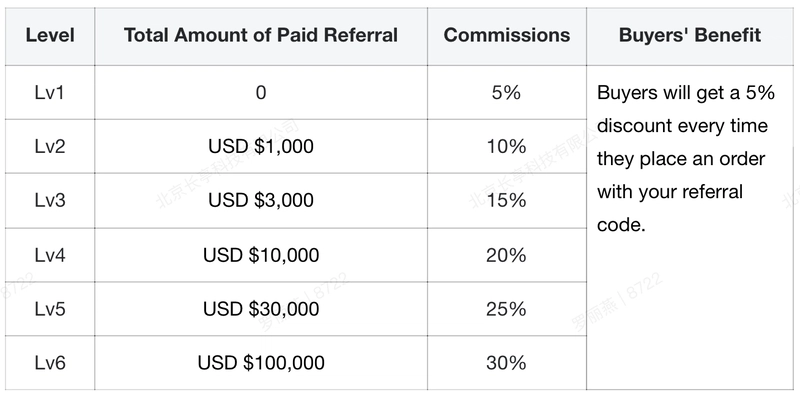









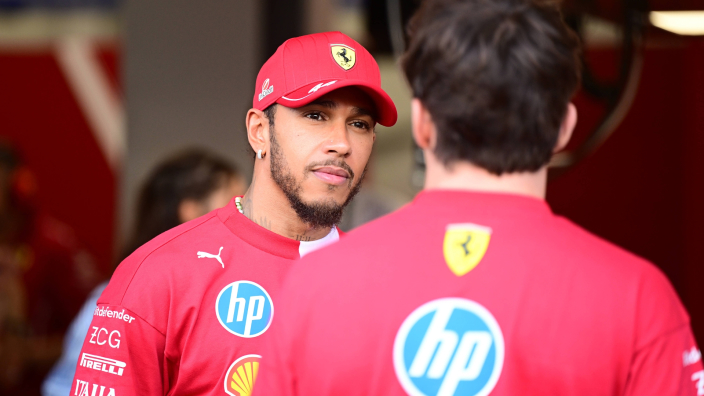
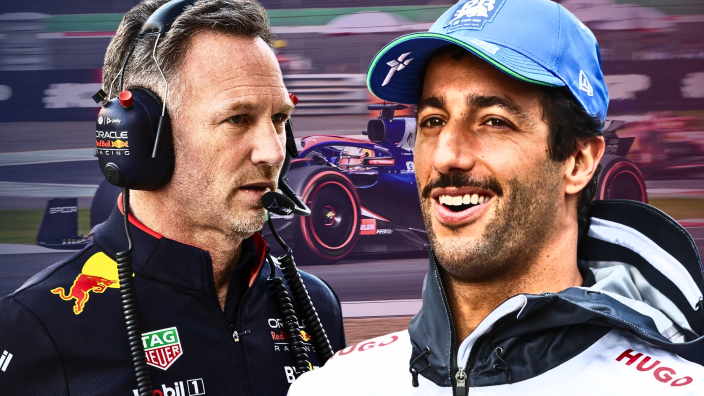
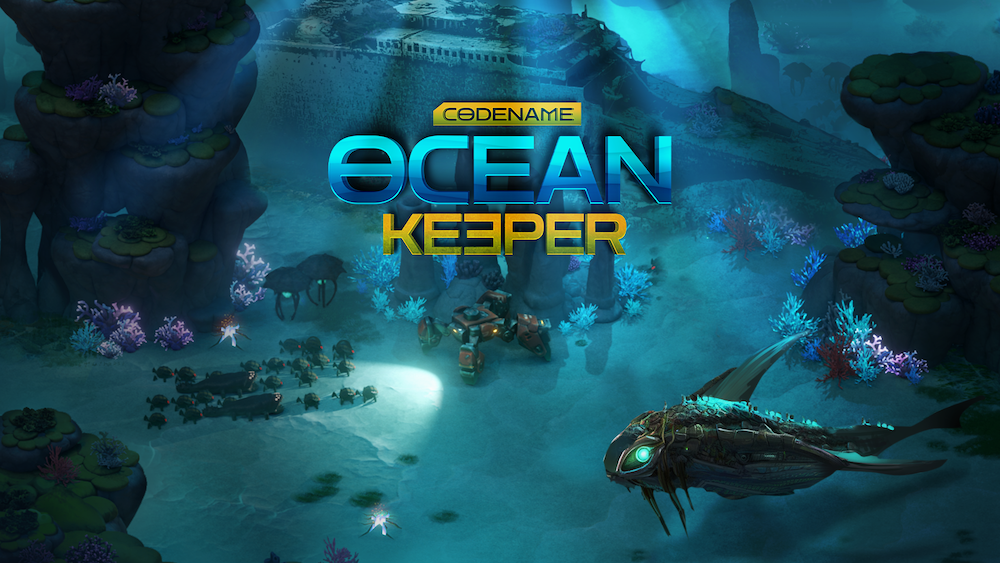
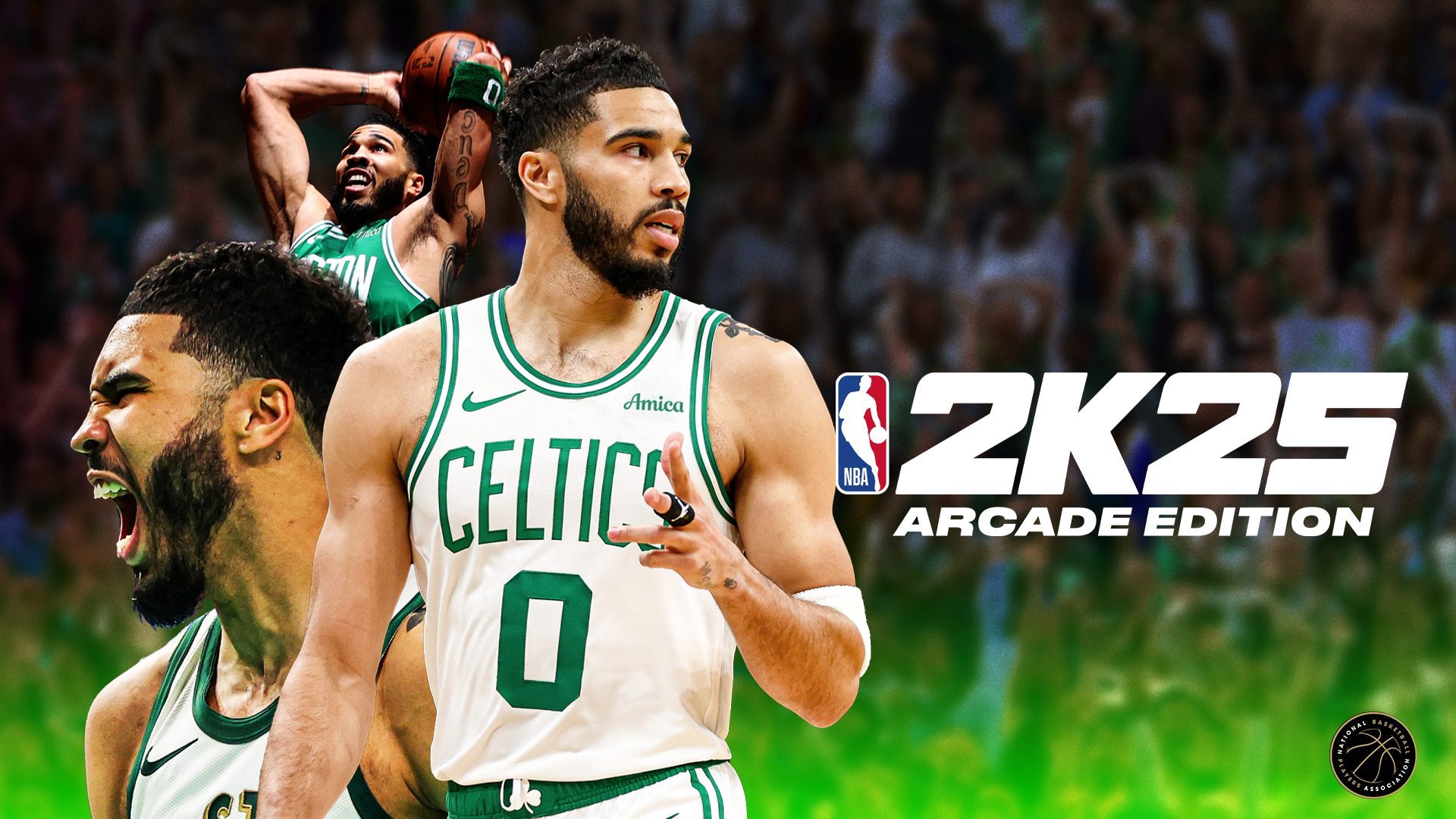












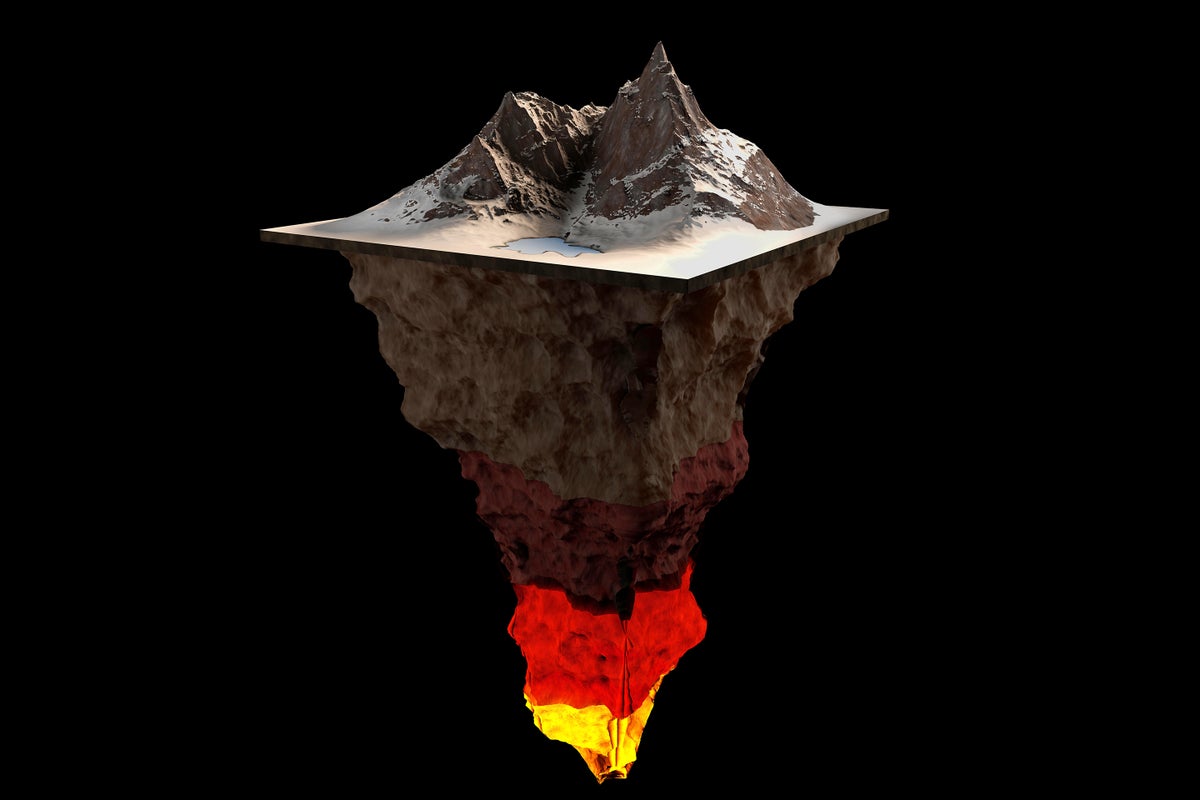






![Flash Sale: Buy IHG Points with 80% Bonus Points [0.56¢ or ₹0.47/Point]](https://boardingarea.com/wp-content/uploads/2025/04/05da39b5f488f7dd0ed5a2f2d34bd5c5.jpg?#)
![Last Call: Buy Flying Blue Miles with a 45% Discount [1.68¢ or ₹1.44/Mile]](https://boardingarea.com/wp-content/uploads/2025/04/6d62aeaa045062f1f9f5b249cbf35bf4.jpg?#)






